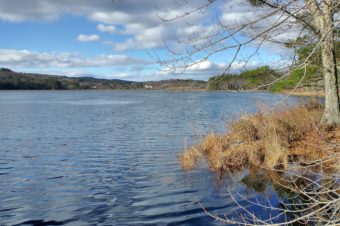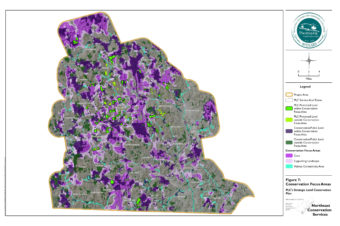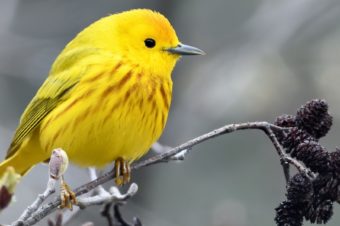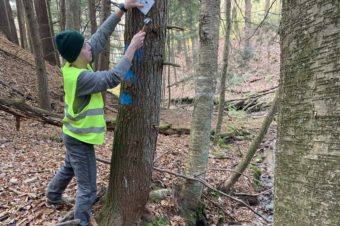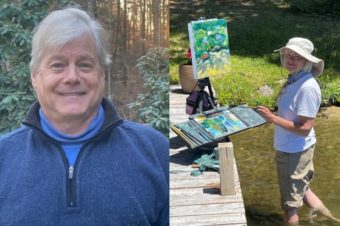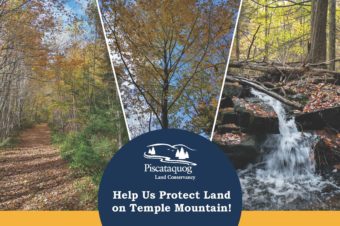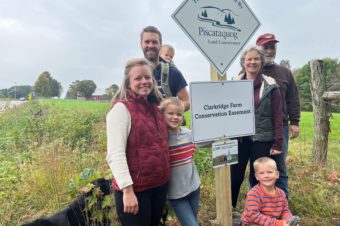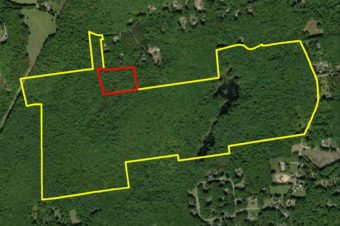
By Chris Wells – PLC President and Executive Director
I recently had a spirited conversation with someone about why PLC protects land (it’s a favorite part of the job). As we talked, I realized our exchange echoed a fundamental debate that has shaped the American conservation movement for nearly 150 years: are we conserving land primarily for the benefit of people, or preserving land from people for the benefit of “nature?”
In the 1870s, John Muir, founder of the Sierra Club, and Gifford Pinchot, founder of the U.S. Forest Service, famously represented the two sides of this debate. They lived at a historical moment when the landscape of the American east and Midwest had already been utterly remade on the European pattern. The great plains and mountain west was still being transformed via wholesale clear-cutting, mining, and grazing – all on lands that until then had been the domain of Indigenous peoples.
Pinchot’s concern was that unless land management became “scientific” the United States would exhaust its natural resources, and so not be able to achieve its destiny as a great and prosperous nation. Muir too feared the looming destruction of the western landscape, but because the “wilderness” he loved was worthy of outright preservation – and veneration — for its own sake.
The American conservation movement has tried to balance, and if possible, integrate, these two views ever since. Twentieth-century wildlife advocates like Rachel Carson and Aldo Leopold concluded that human beings were (like it or not) part of nature, that every human action impacted the whole web of life, and that we needed to start acting that way.
Southern New Hampshire was once the home of native people who lived lightly on the land but nonetheless manipulated their environment — especially with fire — to meet their own needs. In a handful of generations, European settlers remade the land into what historian William Cronon calls “a world of fields and fences.” By the time Muir and Pinchot were having their debates in the late 19th century, rural towns in southern New Hampshire were de-populating and marginal farms were returning to forest. In the century that followed some farms persisted, while others became woodlots that supplied local lumber and paper mills.
Many of these working farms and forests are with us still. Others have become, whether on purpose or by neglect, small wildernesses. Many more have been developed. The natural landscape we live in has a deep history of human interaction and influence. So long as we can conserve enough of its topography, soils and aquatic systems from permanent loss, this long cycle can continue. That’s why we protect land. Because the fate of humans and nature remain entwined, and forever is a long time.
